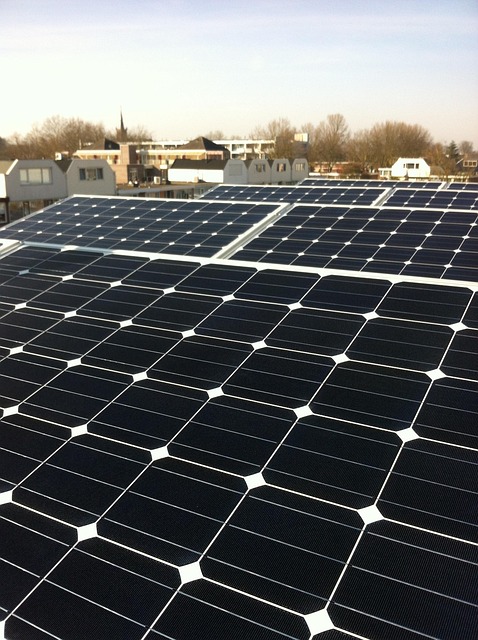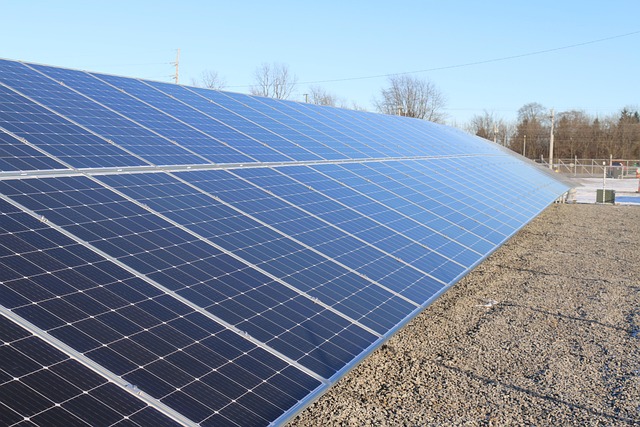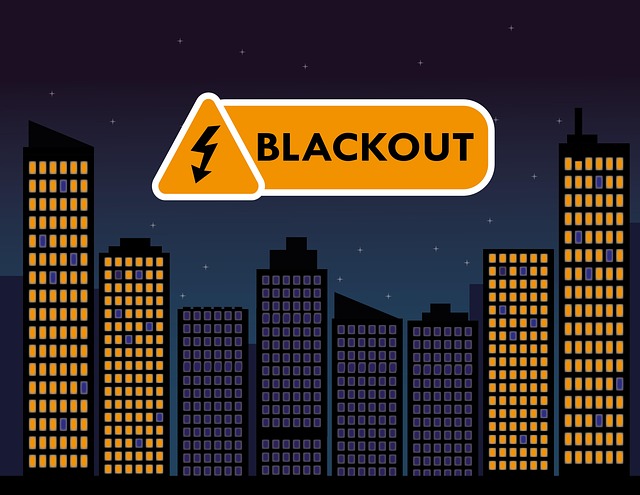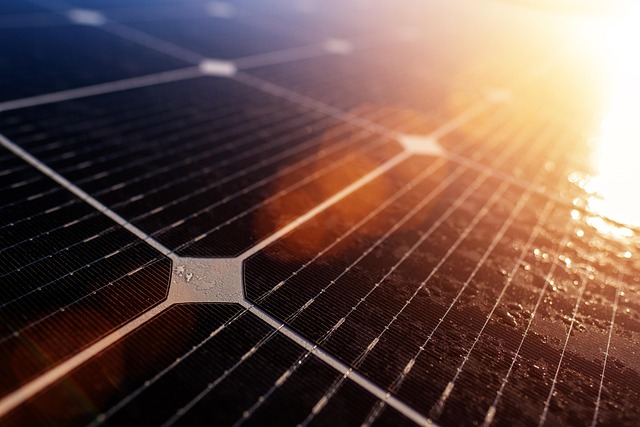Renewable Energy 101: Understanding Green Energy Basics
In recent years, the conversation around energy production has increasingly focused on sustainability, particularly in the context of climate change and resource depletion. Renewable energy has emerged as a fundamental component of the global strategy to reduce carbon emissions and promote sustainable development. This article explores the basis of renewable energy, its types, benefits, challenges, and future prospects.
What is Renewable Energy?
Renewable energy is energy derived from natural resources that are replenished at a faster rate than they are consumed. Unlike fossil fuels, which take millions of years to form and are associated with harmful emissions, renewable energy sources are cleaner and can be harnessed sustainably. The primary forms of renewable energy include solar, wind, hydroelectric, geothermal, and biomass energy.
Types of Renewable Energy
Solar Energy
Solar energy comes from the sun’s radiation. It can be transformed into electricity or heat through various technologies. Photovoltaic (PV) cells convert sunlight directly into electricity, while solar thermal systems capture heat for residential and industrial use. The significant advantage of solar energy is its abundance; sunlight is available nearly everywhere and is highly accessible.
Wind Energy
Wind energy harnesses the kinetic energy of wind currents, converting this movement into electricity. Wind turbines are used to capture wind energy, and they can either be installed on land or offshore. Wind energy has grown remarkably in recent years, with many countries investing heavily in wind farms due to their capacity for large-scale energy production and low operating costs.
Hydroelectric Energy
Hydroelectric energy is generated by harnessing the power of flowing water, typically from rivers and dams. When water flows over a dam, it spins turbines that generate electricity. Hydropower is one of the oldest and most established forms of renewable energy and can provide a reliable source of energy in suitable geographical locations.
Geothermal Energy
Geothermal energy taps into the heat stored beneath the Earth’s surface. This energy source is typically found in regions with volcanic activity, where the heat can be accessed through wells. Geothermal power plants convert steam from heated water into electricity, making it a continuous and sustainable energy source with a small land footprint.
Biomass Energy
Biomass energy is obtained from organic materials like plant matter, agricultural waste, and even municipal solid waste. Biomass can be burned directly for heat or converted into biofuels such as ethanol and biodiesel. Biomass represents a way to utilize waste and is considered carbon-neutral since the carbon dioxide released when biomass is burned could have been absorbed during the growth of the plants.
Benefits of Renewable Energy
Environmental Advantages
One of the most significant benefits of renewable energy is its positive impact on the environment. Renewable energy sources produce little or no greenhouse gases when generating electricity. This reduction in emissions is vital for combating climate change and improving air quality, reducing health risks associated with air pollution.
Energy Security
Renewable energy can improve national energy security by diversifying energy supply sources and reducing dependence on fossil fuel imports. Countries harnessing their natural resources can achieve greater energy independence and resilience against fluctuations in fossil fuel markets.
Economic Opportunities
The renewable energy sector is a rapidly growing field that creates numerous jobs, from manufacturing to installation and maintenance. The transition to a green economy presents opportunities for innovation and investment, fostering economic growth in various regions around the world.
Sustainability
Renewable energy sources are sustainable over the long term, as they rely on natural processes that are continually replenished. This sustainable nature makes them an attractive alternative to finite fossil fuels, ensuring a stable energy supply for future generations.
Challenges of Renewable Energy
Intermittency and Reliability
One of the primary challenges of renewable energy is the intermittency associated with sources like solar and wind. Energy production can be inconsistent due to weather conditions, time of day, and seasonal changes. This intermittency can lead to challenges in maintaining a stable energy supply without effective energy storage solutions.
Initial Costs
While operating costs for renewable energy sources are generally low, the initial costs for setting up renewable energy systems can be relatively high. The investment required for technology, infrastructure, and installation can be a barrier for some. However, prices have been decreasing steadily, and government incentives can help mitigate these costs.
Land Use and Environmental Impact
Although renewable energy sources have less environmental impact than fossil fuels, they are not without their challenges. For instance, large-scale solar farms and wind farms require significant land, which can disrupt local ecosystems or agricultural lands. Proper planning and technology improvements can help minimize these impacts.
The Future of Renewable Energy
The future of renewable energy is promising, with projections indicating that the share of renewables in the global energy mix will continue to grow. Technological advancements in battery storage, smart grids, and energy efficiency will enhance the reliability and usability of renewable sources. Furthermore, international agreements and national policies aimed at reducing carbon emissions will drive investment and innovation in the sector.
As climate change and resource scarcity continue to be pressing global concerns, the push for renewable energy will only intensify. The transition from conventional energy sources to renewable energy will require collaboration among governments, industries, and communities worldwide to create sustainable, equitable energy systems.
Conclusion
Understanding the basics of renewable energy is crucial for fostering a sustainable future. As the world shifts towards more sustainable energy practices, embracing renewable sources will play an essential role in addressing environmental challenges, enhancing energy security, and promoting economic growth. By investing in and supporting renewable energy initiatives, individuals and governments can contribute to a cleaner, greener planet for generations to come.



